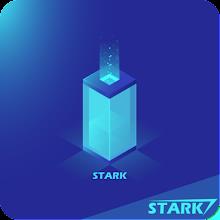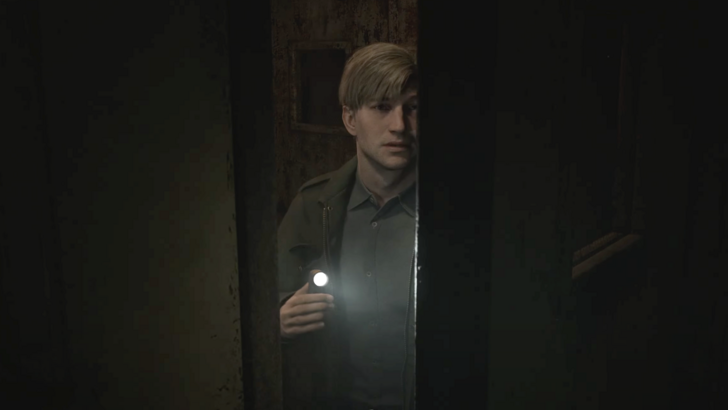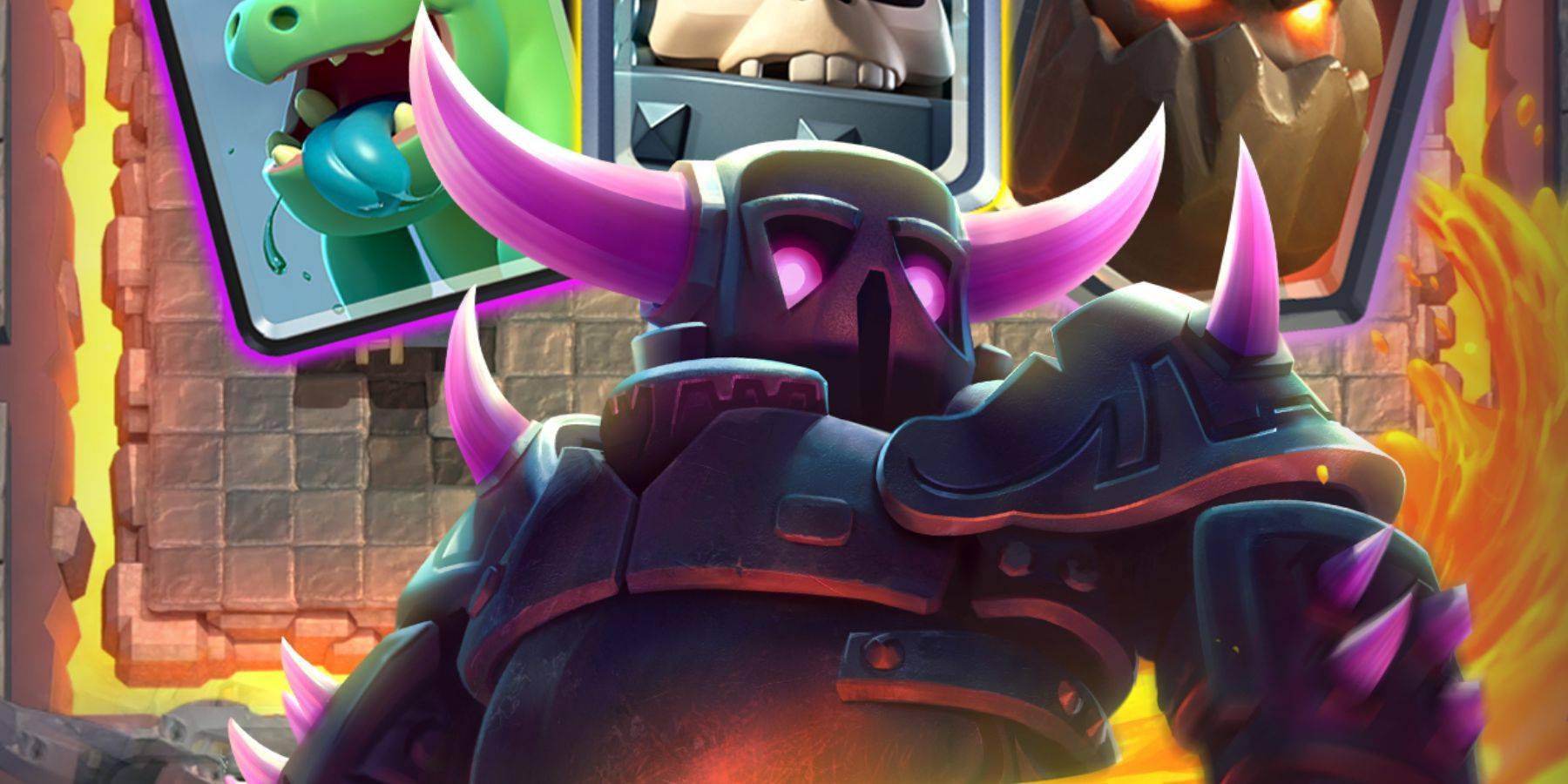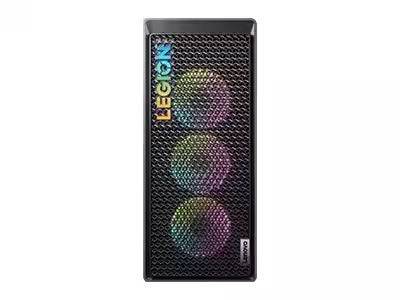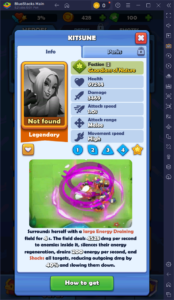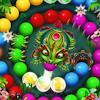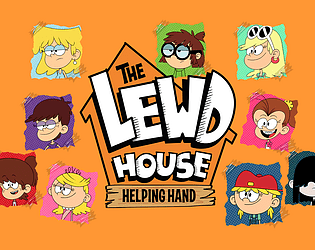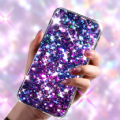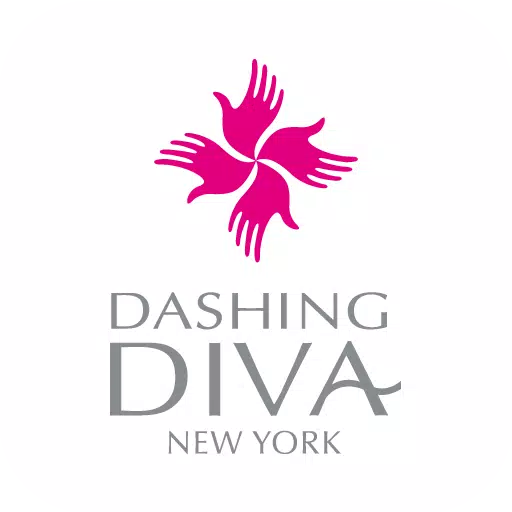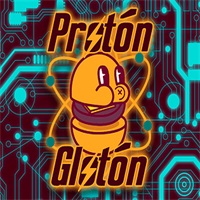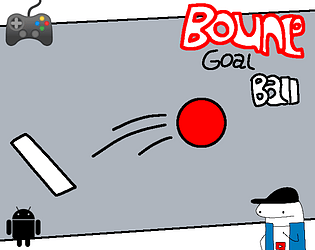\"Angry Kirby\" Explained by Former Nintendo Employees
The Evolution of Kirby's Image: From "Angry Kirby" to Global Consistency
Former Nintendo employees shed light on the contrasting portrayals of Kirby in the US and Japan, revealing the strategic localization choices behind the character's differing appearances. This article explores why Kirby's image was altered for Western audiences and Nintendo's evolving global marketing approach.
The "Angry Kirby" Phenomenon: Appealing to Western Markets

Kirby's Western depiction, often dubbed "Angry Kirby," featured a tougher, more determined expression on game covers and promotional materials. Leslie Swan, a former Nintendo Localization Director, clarified in a 2025 Polygon interview that the goal wasn't to portray anger, but rather resolve. While cute characters resonate broadly in Japan, Swan noted that tougher characters held more appeal for tween and teen boys in the US. Shinya Kumazaki, director of Kirby: Triple Deluxe, corroborated this, highlighting the contrasting preferences between Japanese and US markets. While cute Kirby drives popularity in Japan, a more battle-hardened Kirby resonates better in the US, although this varied by game, as Kirby Super Star Ultra featured a tougher Kirby on both US and Japanese box art.
Marketing Kirby as "Super Tuff Pink Puff": Beyond Cuteness

Nintendo's marketing actively sought to broaden Kirby's appeal, particularly among boys. The "Super Tuff Pink Puff" branding for Kirby Super Star Ultra (2008) exemplifies this strategy. Krysta Yang, a former Nintendo of America Public Relations Manager, explained that Nintendo aimed to shed its "kiddie" image, recognizing the potential drawbacks of such a label. This led to a conscious effort to emphasize Kirby's combat abilities and present him as more than just a character for young children. While recent years have seen a shift towards focusing on gameplay and abilities, as seen in Kirby and the Forgotten Land (2022) marketing, Kirby's inherent cuteness remains a significant draw, particularly in Japan.
US Localization: A History of Adjustments

The divergence in Kirby's localization began early. A 1995 "Play It Loud" advertisement featuring Kirby in a mugshot is a prime example. Subsequent years saw variations in Kirby's facial expressions across game box art, with titles like Kirby: Nightmare in Dream Land (2002), Kirby Air Ride (2003), and Kirby: Squeak Squad (2006) showcasing a more stern Kirby. Beyond facial expressions, even Kirby's color palette was altered. The original Kirby's Dream Land (1992) Game Boy release featured a desaturated Kirby compared to the Japanese version, a decision influenced by the Game Boy's monochrome display. This, coupled with the perceived need to appeal to a broader audience, led to the adjustments in Kirby's US box art. In recent years, however, global marketing has seen a move towards more consistent portrayals of Kirby, balancing serious and playful expressions.
A More Global Approach: Consistency and Challenges

Both Swan and Yang acknowledge Nintendo's increasingly global outlook. Closer collaboration between Nintendo of America and its Japanese counterpart has resulted in more consistent marketing and localization strategies. Regional variations, like those seen in Kirby's box art, are becoming less common, marking a departure from past practices. While this global approach ensures brand consistency, Yang notes the potential for overlooking regional nuances, potentially leading to more generic marketing. However, the increased familiarity with Japanese culture in the West has also influenced this shift, blurring the lines between regional preferences.
- 1 Fortnite: Chapter 6 Season 1 NPC Locations Feb 13,2025
- 2 Roblox Game Codes Updated: April 2025 May 13,2025
- 3 Roblox: Warrior Cats: Ultimate Edition Codes (January 2025) Feb 12,2025
- 4 Culinary Journey Thrives for Six Jan 01,2025
- 5 Pokémon Go Is Celebrating New Year’s 2025 with Festive Fireworks and More! Jan 03,2025
- 6 Tips to Conquer the Dragon Quest III: HD-2D Remake Feb 21,2025
- 7 How To Fix Common Marvel Rivals Error Codes Feb 20,2025
- 8 Marvel Rivals' Rank Reset Details Unveil Feb 11,2025
-
Unique Wallpaper Apps for Every Style
A total of 10
-
Top Beauty Trends for This Season
A total of 10
-
Ultimate Baseball Games for Android
A total of 10



